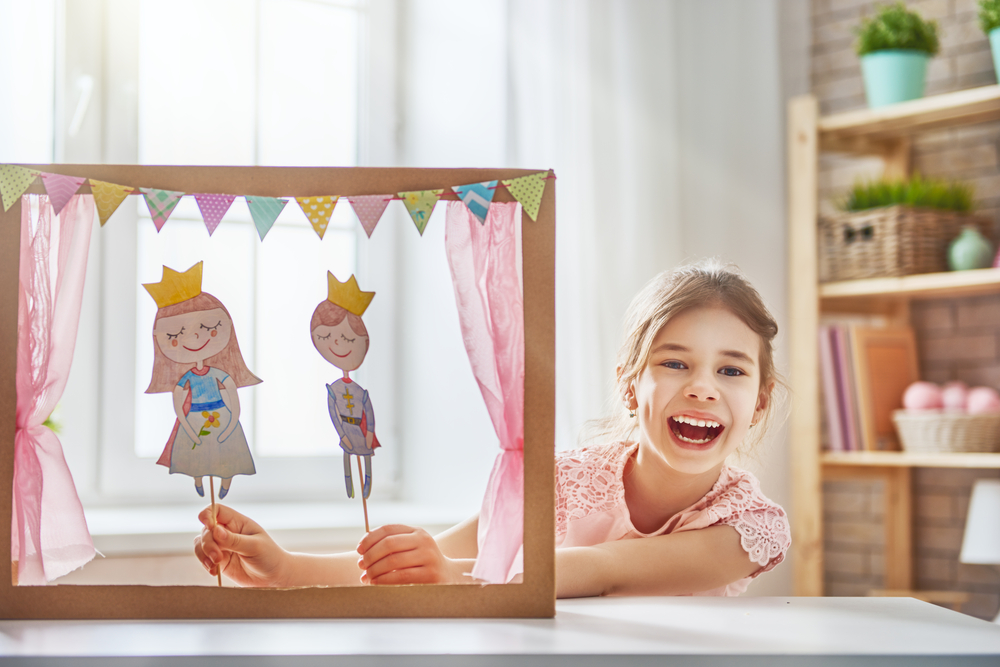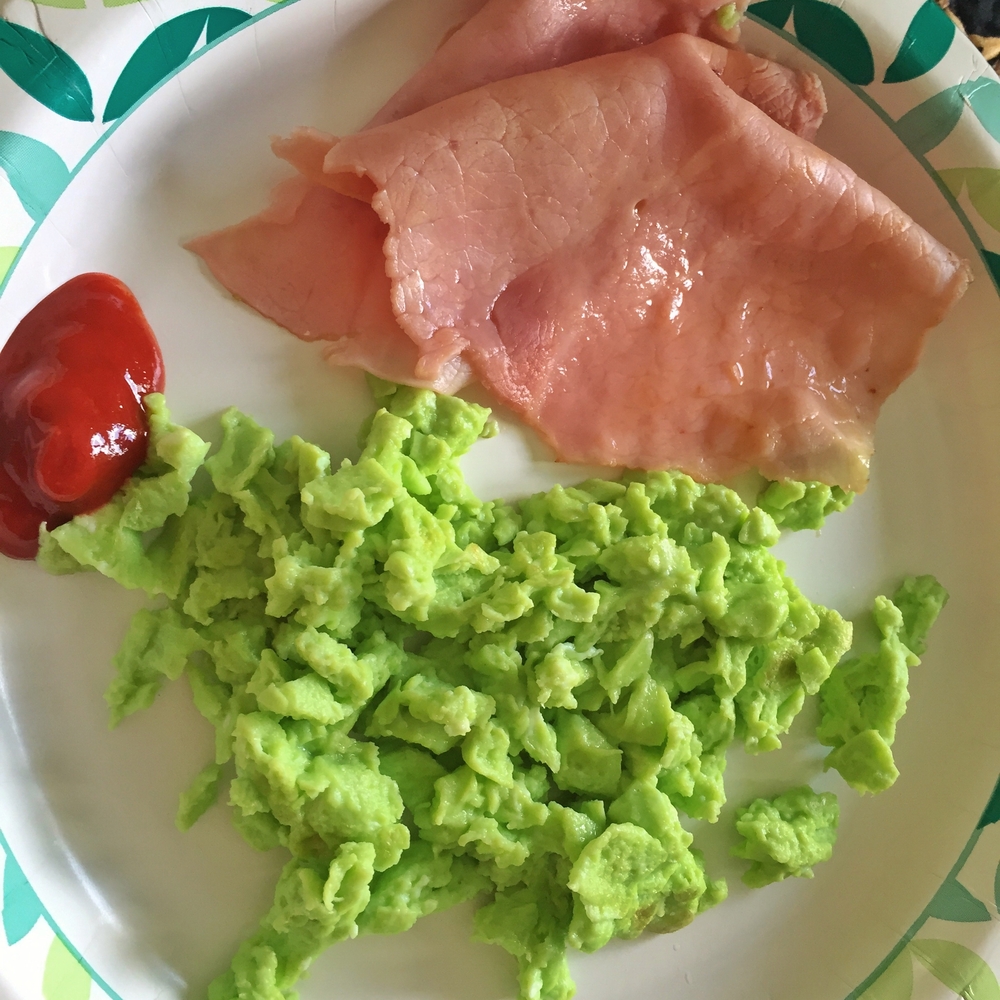
Those who enjoy reading—and who love books—may have no issue delving into a new story. When a child struggles to comprehend what they read, though, that love may feel fleeting. How can you love a story if you don’t completely understand it? Reading isn’t a ball and chain. Books are just another form of media to help entertain us and teach us something new. If kids are digging in their heels when the books fly off the shelf, think outside of the binding. Get creative and utilize the five senses to improve reading comprehension.

Become the Story: Touch & Tactile Play
For young children who struggle with reading comprehension, act out the story. Read together and then make puppets of the characters. Help your child reenact the story, and, as your play progresses, delve a little deeper into characters and plot.
Incorporate all the wh questions for your play. Here’s what you’ll need:
Where: This is the setting. Think about how to craft this. Maybe you can draw or grab some toys that offer a similar backdrop. If the story takes place in a castle, find a castle playset.
Who: You’ll need the story characters! An easy way to create DIY puppets is with paper and popsicle sticks. You could also use plush toys or dolls.
What: This is the action of your play. You and your child can act out the plot with the puppets.
When: Oh, narrator? Someone should set the scene. Is it around noon? Nighttime?
Why: As your play progresses, ask your child why a character might feel a certain way or take a specific action.

Get an Earful: Listen to the Story
Some children are visual learners, others are auditory learners. If your child has trouble with reading comprehension, listening to the book while reading may help them better understand the story. Your local library likely has many audiobooks that you can borrow for free. You could even request audiobooks if none are available.
Parents also can simply read the story to their children. While reading, talk about the story, and ask children the ‘wh’ questions to help gauge comprehension. Asking these questions while reading also will, hopefully, encourage children to get into the habit of thinking about the plot and the characters in a deeper way.

Sight: Watch the Movie after You Read
Hollywood loves a movie adaptation of a best-selling novel or book series. Many favorite young adult and children’s books have been reworked into screenplays for the big screen, and the feature presentation has transformed printed words into cinematic magic. The movie version of a favorite book allows the characters and action to come alive.
Since some movies do differ from the book, parents can ask children to spot these inconsistencies. Talk about what was similar and what was different. Did the child like the book or the movie better? Were the characters portrayed how the child pictured them? All these discussions can help a child appreciate the book, too. Need a few movie (and book) recommendations? Check out Youth Lit Review’s list of 50 movies adapted from kids’ books.

Taste & Smell: Cook Up Some Story Snacks
Embrace the fourth and fifth senses by giving your child a chance to sample some foods from a book or story. This may take a bit of culinary skill, but even if you’re not a whiz in the kitchen, the recipes can still be a lot of fun.
Ask your child while they are reading—or while you’re reading to them—about what the characters in the book like to eat. For younger kids, parents could cook Green Eggs & Ham (you just need some green food dye!). Older kids who are reading Harry Potter may want to mix up some butterbeer or hunt down some Bertie Botts Every Flavor Beans. Watch out for flavors like grass, dirt, soap and…booger, too! Some specialty candy stores even sell chocolate frogs!
Every story involves food of some sort. Ramona Quimby’s family ate pumpkin pie for dinner…and beef tongue. This is a great way to get your child immersed in the character’s world, and try some new foods, too! Not every food will be a hit, and that’s ok. Ramona wasn’t crazy about tongue anyway!
While eating story snacks alone won’t boost comprehension, talking about food within the plot can be a conversation starter. Ramona’s family ate certain foods when money was tight, characters in Harry Potter ate magical candy, and, in other books, specific foods relate to a character’s cultural identity, too.
More InSight’: Improve Comprehension by Reading Every Day
One of the best ways to help kids boost comprehension also uses the sense of sight. Reading every day and reading often helps kids embrace a reading habit. Don’t make this a boring chore, though. Try to incorporate some of the above activities to keep daily reading time a true adventure.
When kids need additional help with comprehension, parents also can utilize a reading app like Readability. The technology assists kids with pronunciation and also prompts them with questions to aid in comprehension techniques.
Readability’s virtual tutor provides positive reinforcement to encourage kids to keep reading, but the AI assistant also kindly corrects mistakes to ensure that kids develop better phonetic and phonemic awareness. Readability also features colorful illustrations for a visual sensory boost that keeps children engaged and interested.
Not sure if Readability is right for your child? Try it out for seven days for free!

 Español
Español